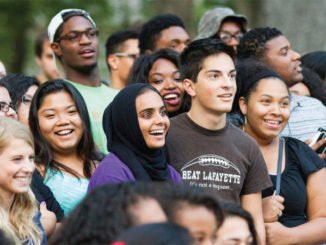If we want to make a positive difference for the future of America, change begins with education. Emphasis must be placed on inclusion of all students, regardless of gender, ethnicity or economic status. Diversifying our nation’s elite colleges would be a step in the right direction. Increased number of college graduates from top universities equates to a more educated, skilled and productive workforce for our country.
Reaching the working-class student
Though many colleges and universities enroll students with diverse ethnicities from all over the globe, underprivileged students do not typically enjoy the same inclusion. Overall, college just isn’t as accessible to working-class students. What’s more troubling is that many low and middle class students could thrive at a top university, if only given the chance. Often, financially disadvantaged students who obtain top test scores and grades, don’t even bother applying to these schools.

Unfortunately, of the low-income students who do choose to pursue higher education, many select community colleges or institutions based primarily on their proximity to home. The outcome of attending these schools is that less resources tend to be offered and many formerly high-achieving high school students, wind up not even graduating college.
Early encouragement
Paving the way early on can set the tone for a child’s entire educational career. If programs and services can be tailored to the students who are most often overlooked, we may be able to positively influence the number of diverse college students. By identifying and targeting disadvantaged children as young as middle school age, schools may be able to, at the very minimum, provide information on the importance of quality higher education.















